Right after the Big Bang, gravitational waves may have built on each other to create huge standing waves of gravitational energy.
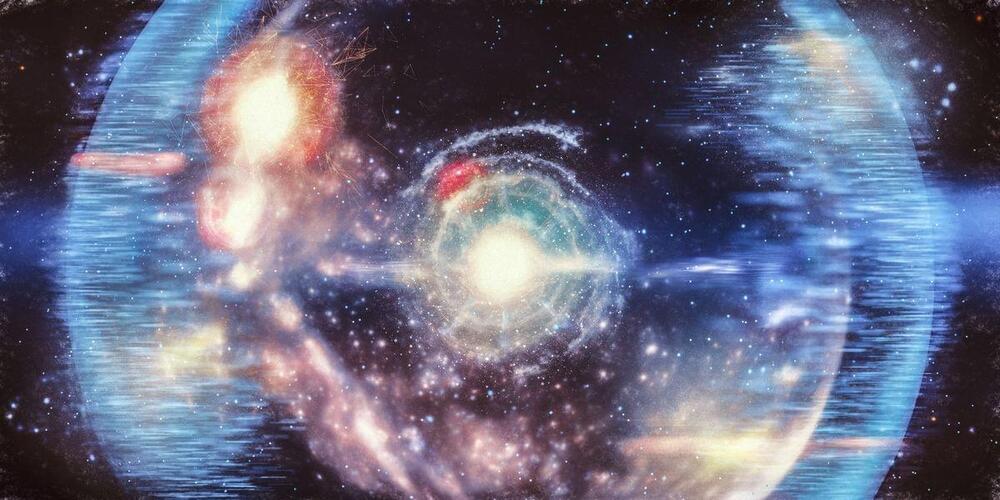

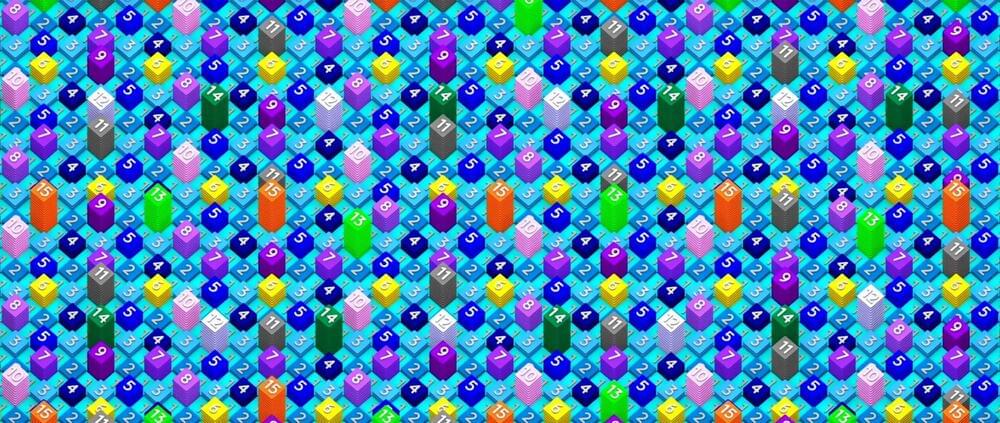

Physicists believe most of the matter in the universe is made up of an invisible substance that we only know about by its indirect effects on the stars and galaxies we can see.
We’re not crazy! Without this “dark matter”, the universe as we see it would make no sense.
But the nature of dark matter is a longstanding puzzle. However, a new study by Alfred Amruth at the University of Hong Kong and colleagues, published in Nature Astronomy, uses the gravitational bending of light to bring us a step closer to understanding.
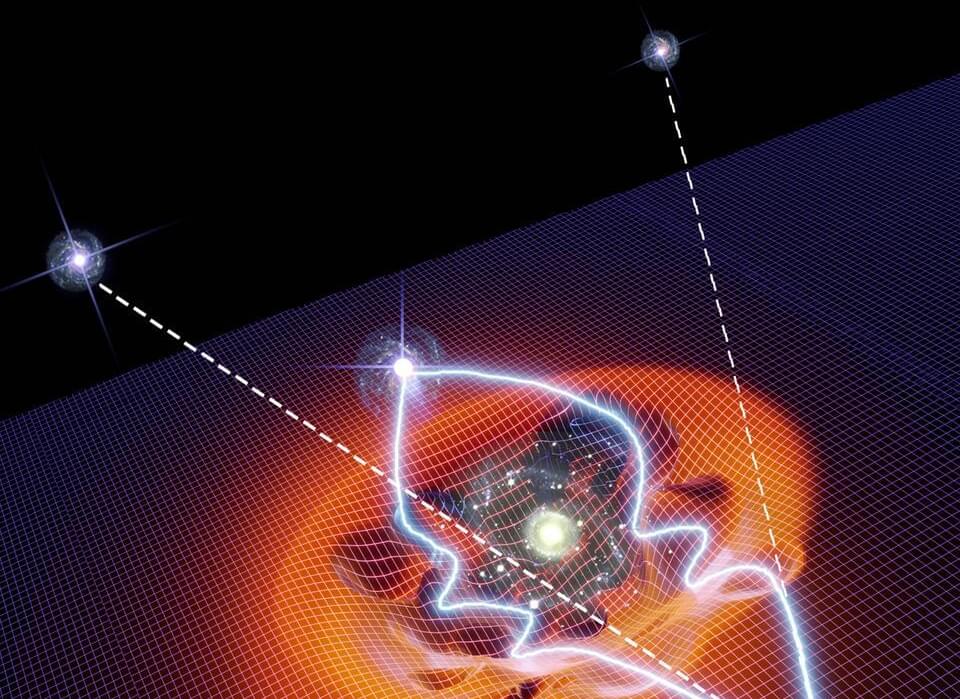
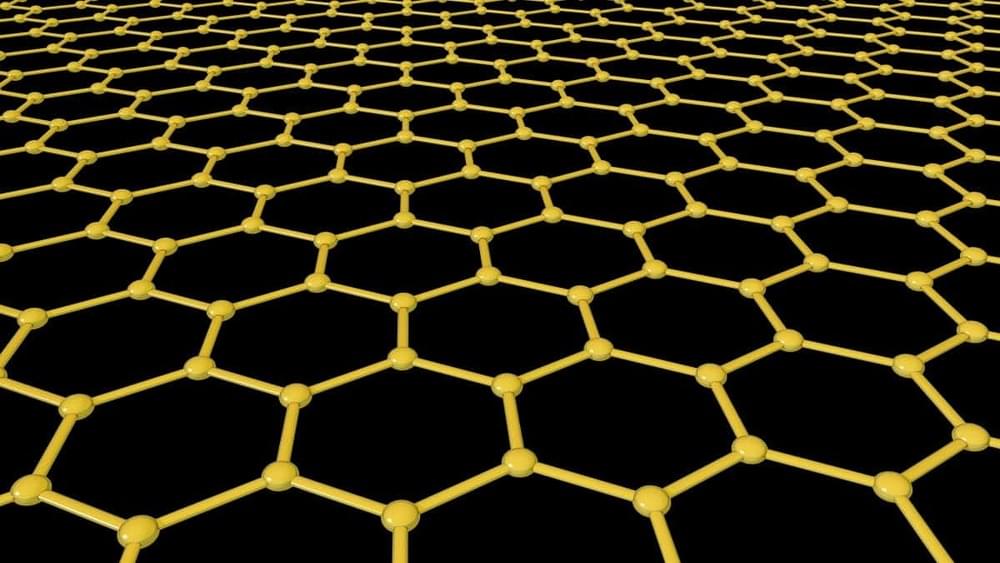
After amazing us with its incredible strength, flexibility and thermal conductivity, graphene has now chalked up another remarkable property with its magnetoresistance. Researchers in Singapore and the UK have shown that, in near-pristine monolayer graphene, the room-temperature magnetoresistance can be orders of magnitude higher than in any other material. It could therefore provide both a platform for exploring exotic physics and potentially a tool for improving electronic devices.
\r \r.
Magnetoresistance is a change in electrical resistance on exposure to a magnetic field. In the classical regime, magnetoresistance arises because the magnetic field curves the trajectories of flowing charges by the Lorentz force. In traditional metals, in which conduction occurs almost solely through electron motion, magnetoresistance quickly saturates as the field increases because the deflection of the electrons creates a net potential difference across the material, which counteracts the Lorentz potential. The situation is different in semimetals such as bismuth and graphite, in which current is carried equally by electrons and positive holes. Opposite charges flowing in opposite directions end up being deflected the same way by the magnetic field, so no net potential difference is generated and the magnetoresistance can theoretically grow indefinitely.
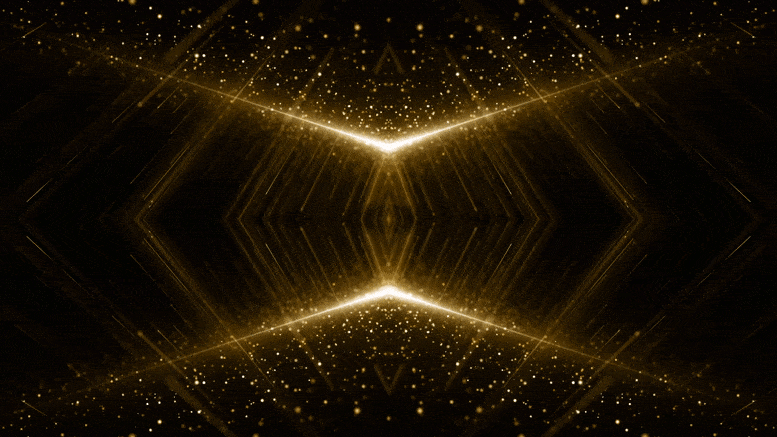
Physicists have recreated the double-slit experiment in time rather than space, using materials that change their optical properties in femtoseconds. This research could lead to ultrafast optical switches and advancements in time crystals and metamaterials.
Metamaterials are engineered materials that have properties not usually found in nature.
PBS Member Stations rely on viewers like you. To support your local station, go to: http://to.pbs.org/DonateSPACE
↓ More info below ↓
Sign Up on Patreon to get access to the Space Time Discord!
https://www.patreon.com/pbsspacetime.
Physicists have a long history of sticking our noses where they don’t belong — and one of our favorite places to step beyond our expertise is the question of consciousness and free will. Sometimes our musings are insightful, sometimes incoherent, and usually at least somewhat naive. Which a fair description of this show, so of course Space Time needs to weigh in physics and free will…
Check out the Space Time Merch Store.
https://pbsspacetime.com/
Sign up for the mailing list to get episode notifications and hear special announcements!
https://mailchi.mp/1a6eb8f2717d/spacetime.
Hosted by Matt O’Dowd.

Physicists and material scientists have been trying to metallize hydrogen for many decades, but they have not yet succeeded. In 1968, British physicist Neil Ashcroft predicted that atomic metallic hydrogen would be a high-temperature semiconductor.
Most recent studies also suggested that this elusive and hypothetical form of hydrogen would also conduct electricity with no resistance when its temperature exceeds that of boiling water. This prediction ultimately paved the way for the discovery of high-temperature superconductivity in hydrides (i.e., compounds containing hydrogen and a metal).
Researchers at Sapienza University of Rome, Sorbonne University, CNRS, and the International School for Advanced Studies (SISSA) have recently carried out a study aimed at thoroughly characterizing the behavior and properties of hydrogen at high pressures. Their paper, published in Nature Physics, outlines a highly accurate phase diagram of high-pressure hydrogen, which could inform ongoing efforts aimed at creating atomic metallic hydrogen.
What does it mean to ask about the end of the universe? Can the universe even have an end? What would end? In the far, far future, what happens to stars, galaxies, and black holes? What about mass and energy, even space and time? What’s the ‘Big Crunch’ and the ‘Big Rip’? And what if there are multiple universes, will the multiverse ever end?
Free access to Closer to Truth’s library of 5,000 videos: http://bit.ly/376lkKN
Watch more interviews on the end of the universe: https://bit.ly/3MSHlFF
Support the show with Closer To Truth merchandise: https://bit.ly/3P2ogje.
Fred Adams is a professor of physics at the University of Michigan. His work is in the general area of theoretical astrophysics with a focus on the study of star formation and cosmology.
Register for free at CTT.com for subscriber-only exclusives: https://bit.ly/3He94Ns.

Its demonstration nuclear power plant is expected to be ready by 2035.
The Experimental Advanced Superconducting Tokamak (EAST), popularly known as China’s “artificial sun”, set a new record on Wednesday by running for 403 seconds in a steady-state high-confinement long plasma operation, Chinese news outlet CGTN
Moving closer to nuclear fusion energy.
Institute of Plasma Physics.
The recent run of the reactor broke the previous record run of 101 seconds which was achieved in May 2021. The experiment which was completed after the researchers made 120,000 attempts will be a critical data point for the operation of the International Thermonuclear Experimental Reactor (ITER), of which China is also a member.